Titanium is a fascinating metal known for its impressive strength-to-weight ratio, corrosion resistance, and biocompatibility, making it a popular choice in various industries ranging from aerospace to medical implants.
However, welding titanium can be a daunting task even for experienced welders due to its unique properties and reactive nature.
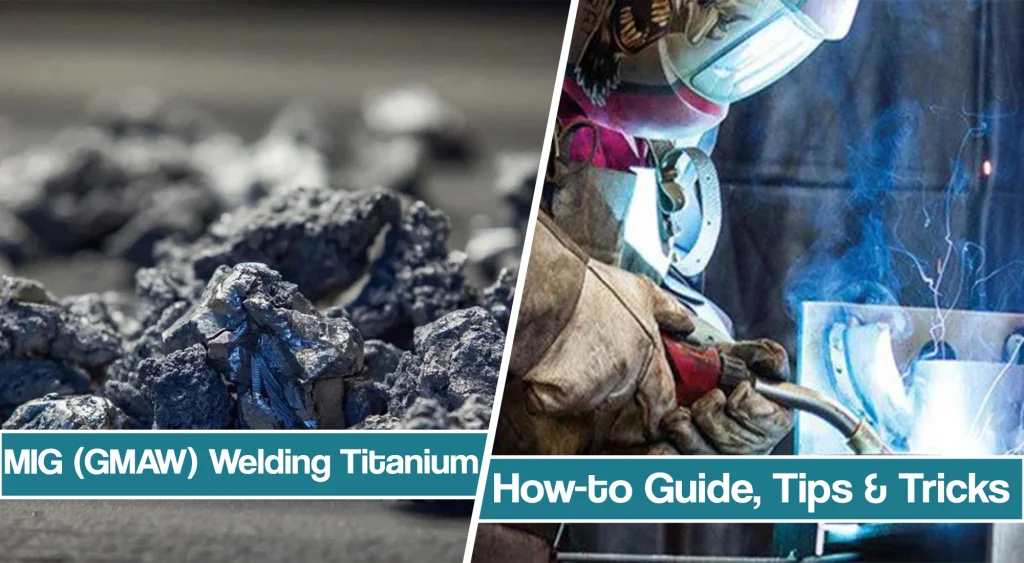
In this article, we will explain how to MIG weld titanium, exploring the challenges and techniques involved in creating strong and precise welds on this remarkable metal.
Why Is Titanium So Widely Used In Industry?
Titanium is a highly versatile metal that offers a range of benefits that make it a popular choice in various industries. Here are some of the key advantages of using titanium:
- Strength-to-weight ratio: Titanium is exceptionally strong, yet lightweight. It has the highest strength-to-weight ratio of any metal, making it an ideal choice for applications where weight is a concern.
- Corrosion resistance: Titanium is highly resistant to corrosion from seawater, chlorine, and most acids. This makes it an ideal material for use in marine environments, chemical processing, and medical implants.
- Biocompatibility: Titanium is biocompatible, meaning it is not harmful to living tissue. This makes it a popular choice for medical implants such as artificial joints, dental implants, and pacemakers.
- Heat resistance: Titanium has a high melting point and is resistant to high temperatures, making it suitable for use in high-temperature applications such as aerospace and military applications.
- Durability: Titanium is a durable material that can withstand heavy wear and tear, making it ideal for use in industrial equipment and machinery.
What Are The Best Titanium Welding Methods? – Weldability Of Titanium
Titanium and titanium alloys are easy to weld. They are similar to stainless steel as it needs to be back purged and similar to aluminum as the oxide layer must be removed before welding. here are several welding processes used to weld titanium, each with its advantages and disadvantages.
- Gas Tungsten Arc Welding (GTAW or TIG Welding): This process uses a non-consumable tungsten electrode to produce the weld. The molten weld puddle is shielded from the atmosphere by an inert gas, typically argon. TIG welding titanium produces high-quality, precise welds with low heat input. This makes it a popular choice for welding thin sections of titanium. However, GTAW welding is a slow process, and it requires a high level of skill to achieve good results.
- Gas Metal Arc Welding (GMAW or MIG Welding): This process uses a consumable wire electrode and a shielding gas to produce the weld. GMAW welding is faster than GTAW welding and produces a high-quality weld. However, the heat input is higher than GTAW welding, making it unsuitable for thin sections of titanium.
- Plasma Arc Welding (PAW): This process uses a transferred arc between a tungsten electrode and the workpiece. The weld area is shielded from the atmosphere by a plasma gas. PAW welding produces high-quality welds with low heat input. However, it requires specialized equipment and a high level of skill to achieve good results.
- Electron Beam Welding (EBW): This process uses a high-energy electron beam to produce the weld. The weld area is shielded from the atmosphere by a vacuum chamber. EBW welding produces high-quality, precise welds with low heat input. However, it requires specialized equipment and a high level of skill to achieve good results.
How To MIG Weld Titanium? – Overview
To MIG weld titanium, it’s crucial to have the right equipment and follow proper preparation, technique, and post-weld procedures. Firstly, select a MIG welder with a high-frequency start feature and use a spool gun or push-pull welding torch to feed the titanium filler metal.
Clean the weld metal surface using a wire brush or solvent and ensure that the weld joint edges are beveled for deep penetration. Secondly, use a high-purity argon gas to shield the weld and set the flow rate between 20-30 cubic feet per hour.
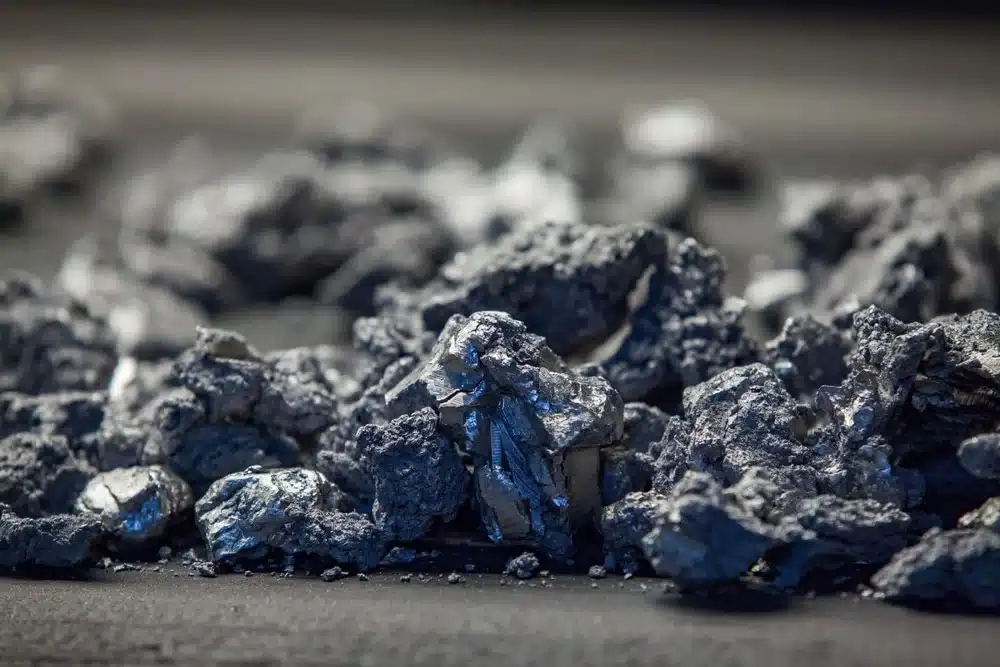
Select the appropriate titanium wire for the job, generally, a Grade 2 titanium wire is suitable for most applications. Thirdly, maintain a consistent travel speed, hold the gun at a 90-degree angle to the workpiece, and use a weave or whip technique to distribute the heat and create a strong, consistent weld.
Finally, let the weld cool down slowly to prevent cracking, and perform a post-weld heat treatment to improve the strength and ductility of the weld. It’s important to remember that MIG welding titanium requires a high level of skill and experience, and proper training and practice are necessary to achieve high-quality welds.
What Is The Best MIG Welder For Titanium Welding?
To successfully MIG weld titanium, a MIG welder with certain features is required. Firstly, the MIG welder should have a high-frequency start feature that allows for precise control of the arc start.
The welder should have a spool gun or push-pull gun to feed the titanium wire without causing any birdnesting or tangling of the wire.
It is also important to have a welder with a smooth and consistent wire feed to ensure that the welds are of high quality.
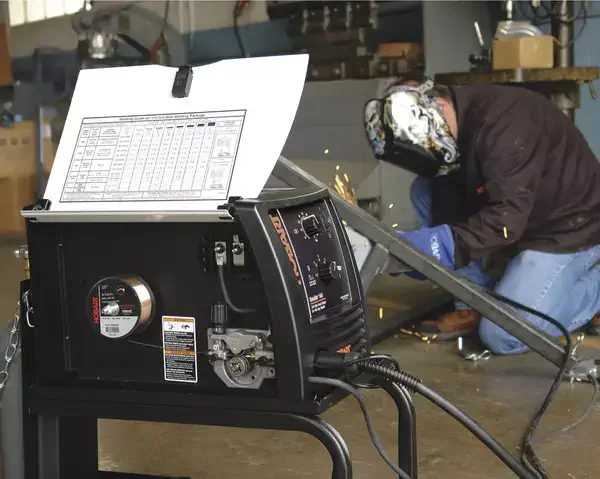
Finally, the welder should be able to deliver a stable and consistent arc to ensure that the titanium is melted evenly and that the welds are strong and reliable. It is recommended to use a high-quality MIG welder that is specifically designed for welding titanium to achieve the best results.
How To Cleaning The Titanium Surface For Welding?
Proper cleaning of the titanium surface prior to welding is essential to ensure that the welds are of high quality and to prevent contamination of the weld.
Use a stainless steel brush or a solvent to remove any contaminants such as oil, grease, dirt, or oxide layers from the surface of the titanium.
If using a wire brush, use a stainless steel wire brush or a brush specifically designed for titanium to avoid introducing foreign materials onto the surface.
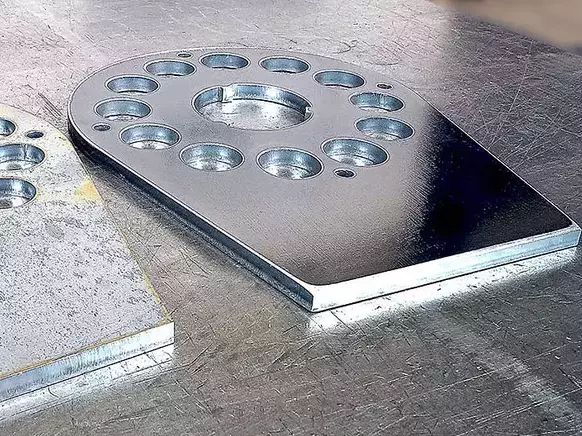
If using a solvent, use a high-purity solvent such as acetone or isopropyl alcohol, and apply it to the surface using a clean cloth. Allow the surface to air dry completely. Once the surface is dry, use a lint-free cloth or tissue to wipe the surface to remove any remaining contaminants. Check the surface for any visible signs of contamination or residue, and repeat the cleaning process if necessary.
What Is The Best MIG Wire For Titanium?
The choice of MIG filler wire for titanium depends on the grade of titanium being welded and the application requirements. Generally, commercially pure titanium, such as Grade 1, Grade 2, and Grade 3, is welded with a Grade 2 titanium wire.
This is because Grade 2 titanium is the most commonly available and affordable titanium filler wire and has excellent weldability and ductility.
However, for more critical applications, where higher strength or corrosion resistance is required, other grades of titanium filler wire may be used. For example, for Grade 5 titanium (Ti-6Al-4V), a filler wire with a higher aluminum content may be used to improve the strength and corrosion resistance of the weld.
Best Gas For Shielding The Titanium Weld With MIG Welding
Shielding the titanium weld is of utmost importance in the welding process to ensure that the welds are of high quality and to prevent contamination of the weld. Titanium is highly reactive and can easily pick up contaminants, which can lead to weld defects such as porosity, cracking, and reduced strength.
Inert gas shielding with high-purity argon shielding gas helps to prevent contamination of the titanium welds and allows for a stable welding arc, which is essential for producing strong and consistent welds.
Backshielding and purging are additional techniques used to protect the backside of the titanium weld from contamination and to ensure that the weld is of the highest quality. Purging involves introducing an inert gas, such as argon, into the inside of the titanium pipe or vessel being welded to remove any residual oxygen or other contaminants.
This is important when welding pipes or vessels that will be used in high-purity applications, such as in the chemical or pharmaceutical industries, where even a small amount of contamination can cause significant problems.
Welding Technique And Considerations
To produce a high-quality weld, it’s important to maintain a consistent arc length. This means keeping the torch or gun at the appropriate distance from the workpiece, which will vary depending on the specific welding parameters being used.
The welding gun should be held at a slight angle to the workpiece, usually around 10-15 degrees. This will help to direct the heat into the weld and prevent undercutting or burn-through.
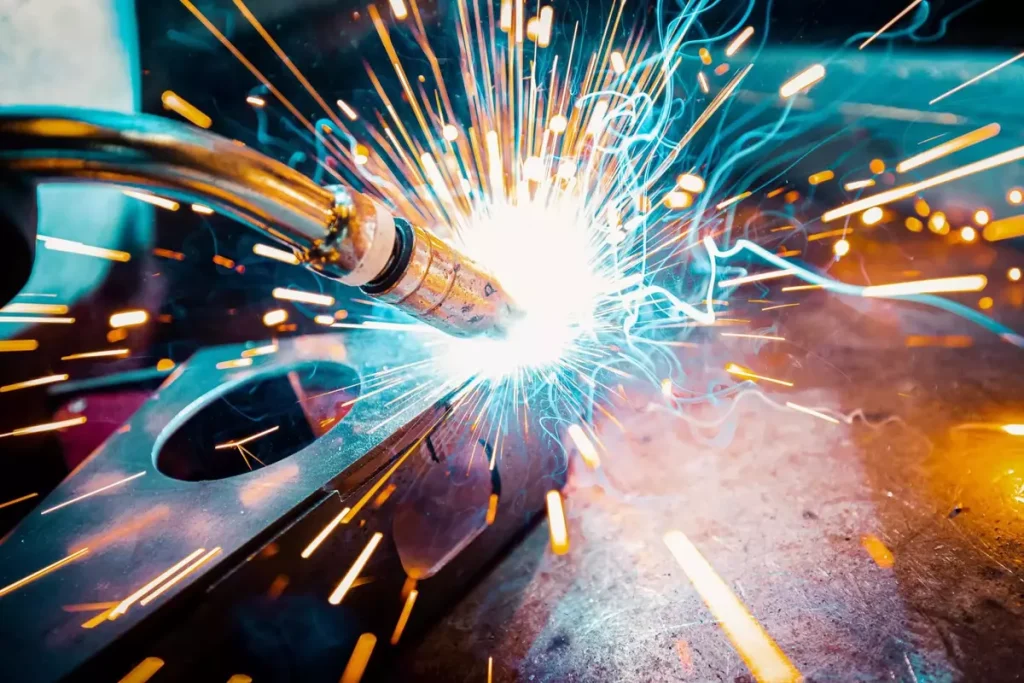
Controlling the travel speed is important to ensure that the weld is properly penetrated and that the metal is properly fused. The travel speed will depend on the specific welding parameters being used, but generally, a slower travel speed is better to ensure good fusion. When welding thicker materials, using a weaving motion can help to ensure that the heat is evenly distributed across the workpiece.
To ensure that the weld is completely filled, it’s important to backfill the weld with additional filler material. This involves adding extra filler wire behind the torch as the weld progresses, which helps to fill any gaps and ensure a strong and reliable weld.
Post Weld Treatment
Titanium is highly reactive and can easily form oxides, which can lead to corrosion and other problems. To prevent this, the weld should be passivated by immersing it in a solution of nitric acid or another suitable passivating solution. This will help to remove any residual oxides and create a protective layer on the surface of the weld.
Finally, the weld should be inspected to ensure that it meets the appropriate standards and specifications. This may involve visual inspection, non-destructive testing, or other techniques, depending on the specific requirements of the application.
MIG Welding Titanium Tips
- Use a MIG welder with pulse settings
- Clean the titanium surface thoroughly before welding
- Use a high-purity argon shielding gas with a flow rate of at least 20 cubic feet per hour
- Use a filler metal that matches the titanium alloy being welded
- Maintain a consistent arc length and control travel speed when welding titanium alloys
- Use a weaving motion when welding thicker materials
- Backfill the weld with a trailing shield to ensure complete protection of the weld pool
- Perform post-weld treatments such as annealing and passivation to retain corrosion resistance of the base metal
- Once the weld metal cools, inspect the weld to ensure it meets the appropriate standards and specifications.
Conclusion
MIG welding titanium is a specialized process that requires a high level of skill and knowledge. However, by following the proper procedures and techniques, welders can produce high-quality, strong, and reliable welds that meet the strict requirements of a wide range of industries.
Proper cleaning, shielding, and post-weld treatment are all critical steps in the process, and selecting the right MIG filler wire and welder is also essential. With the increasing use of titanium in aerospace, automotive, and other high-performance industries, MIG welding titanium is becoming an increasingly important skill for welders to master.





